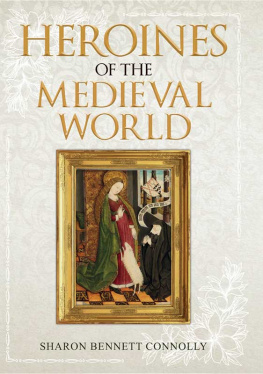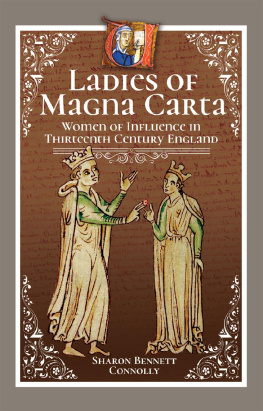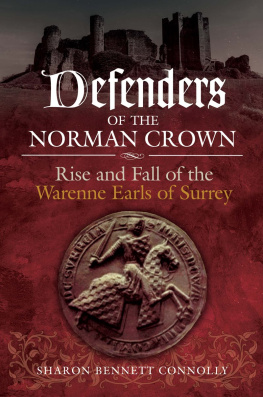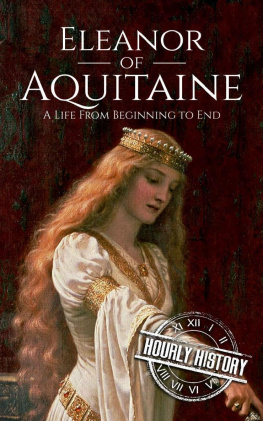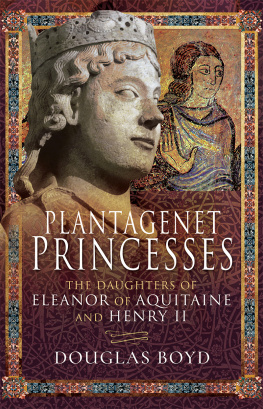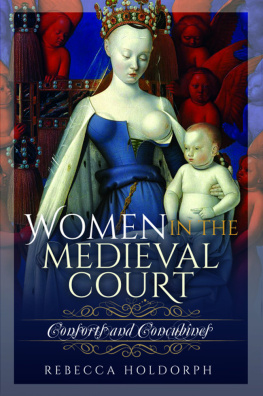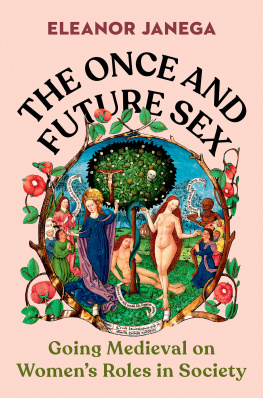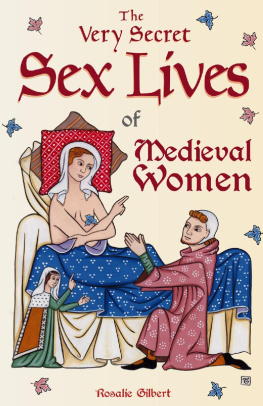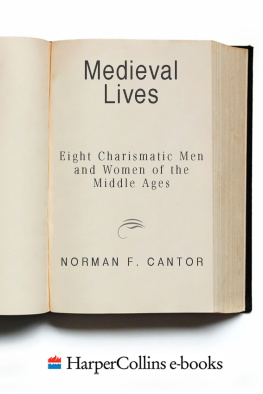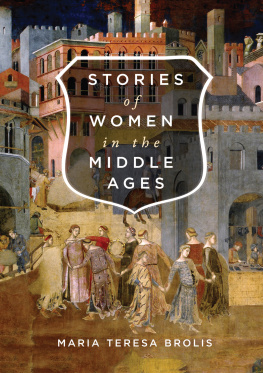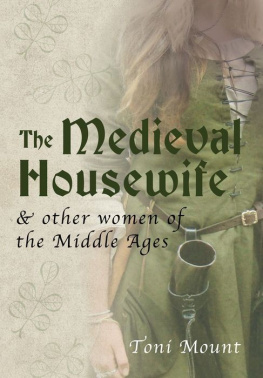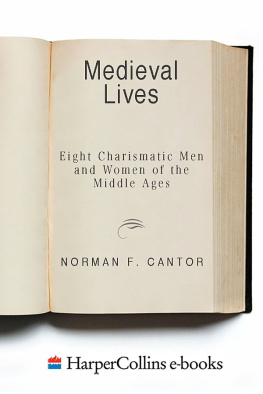For the two men in my life, my husband James and son Lewis, and my mum and dad. With love, always.
First published 2017
Amberley Publishing
The Hill, Stroud
Gloucestershire, GL5 4EP
www.amberley-books.com
Copyright Sharon Bennett Connolly, 2017
The right of Sharon Bennett Connolly to be identified as the Author of this work has been asserted in accordance with the Copyrights, Designs and Patents Act 1988.
All rights reserved. No part of this book may be reprinted or reproduced or utilised in any form or by any electronic, mechanical or other means, now known or hereafter invented, including photocopying and recording, or in any information storage or retrieval system, without the permission in writing from the Publishers.
British Library Cataloguing in Publication Data.
A catalogue record for this book is available from the British Library.
ISBN 9781445662640 (HARDBACK)
ISBN 9781445662657 (eBOOK)
Typesetting and Origination by Amberley Publishing.
Printed in the UK.
Contents
Acknowledgements
Writing this book has been an incredible experience and I would like to thank everyone who has helped and encouraged me through the process. I would like to thank the staff at Amberley, especially Shaun Barrington and Cathy Stagg, for giving me the opportunity.
I would particularly like to thank Amy Licence, whose help, advice and friendship has been invaluable to me. I am very grateful to my fellow Amberley authors, Kristie Dean and Susan Higginbotham, who have offered advice and encouragement throughout.
I would also like to thank the readers of my blog, History the Interesting Bits for their wonderful support and feedback. A special thank you goes to my friends in the online community, whose amusing anecdotes and memes have given me that boost when I needed it, particularly Karrie Stone, Diana Milne, Tim Byard-Jones, Karen Clark, Geanine Teramani-Cruz, Anne Marie Bouchard, Harry Basnett, Derek Birks and every one of my Facebook friends and Twitter followers.
Particular thanks go to Kristie Dean, Karen Mercer and Tina Walker for their kind permission to use their wonderful photos. And to Sara Hanna-Black for her help with the Mortimer familys dates and details.
A thank you to my friends closer to home, for their wonderful support and for dragging me out for coffee when I needed a break.
I reserve a special thanks to my family. To my mum and dad for all their love and support, and for their own passion for history. A special thank you goes to my research assistant and son, Lewis Connolly, who has travelled to various wonderful places with me in the process of making this book a reality. And to my husband, James, thank you for putting up with all the history talks.
I couldnt have done it without all of you.
Introduction
Heroines come in many different forms, and it is no less true for medieval heroines. They can be found in all areas of medieval life; from the dutiful wife and daughter to religious devotees, warriors and rulers. What makes them different compared to those of today are the limitations placed on them by those who directed their lives their fathers, husbands, priests and kings. Women have always been an integral part of history, although when reading through the chronicles of the medieval world, you would be forgiven if you did not know it. We find that the vast majority of written references are focussed on men. The chronicles were written by men and, more often than not, written for men. It was men who ruled countries, fought wars, made laws and treaties, dominated religion and guaranteed or tried to guarantee the continued survival of their world. It was usually the men, but not all of them, who could read, who were trained to rule and who were expected to fight, to defend their people and their country.
You would be forgiven for assuming that the only role for a noblewoman or any woman was to provide heirs and inheritances for the men, that medieval women were seen as property, as chattels. From the moment of their birth they were the property of their fathers, who would decide their future; whether they married and to whom or joined a convent. Their father dictated their level of education and his connections decided their position in life, and their future sphere of influence. Once they married, women became the property of their husbands. They were needed to carry on a family line and to run the home and estates while the husband was away fighting or attending to the king. The womans sphere of influence would rarely extend beyond the domestic.
These men had aims and desires for their wives and daughters for what advantages they could bring them. The father wanted an advantageous marriage, in which his daughter would bring allies, status and prestige to his family. The husband looked for a bride who could bring money, property and provide an heir (or die trying). Heiresses were used to improve the coffers of impoverished lords a rich heiress was a great prize for any lord or prince wishing to increase the size of his fortune, or a younger son looking for a title of his own.
Although there were many women in the medieval era who did the extraordinary, who stood out in a world dominated by men, they are not easy to find. The chronicles of the times were predominantly written by monks, men who had little, if any, time for women and who viewed females as descendants of Eve and therefore likely to be the cause of the downfall of men. Priests advised men against falling prey to the lures of the daughters of Eve. The Church insisted that as God made Eve from Adams rib, so women were subject to the rule of men. Chroniclers, often writing from the seclusion of their monasteries, were quick to detail the flaws of women, and highlight how female excesses caused crises in a kingdom. The mistress of Edward III in his declining years, Alice Perrers, was vilified by chroniclers for interfering in politics, benefiting herself and her friends and being an undue influence on the ageing, but much-loved, monarch. We do have some less critical chroniclers, such as Froissart who wrote in the times of Edward III, who tend to write about women while using high-flown language and an abundance of flattery. Women were also extolled as the inspiration for chivalry by writers such as Chaucer and Mallory. Geoffrey Chaucer, in particular, is known to have taken his inspiration from real-life people and the events of the royal court, to which he was closely related by marriage. His stories were designed (at least on the surface) to teach the morals and virtues of a good life.
A woman had to walk a fine line in the medieval world, and this applied throughout Europe, taking care not to be vilified as being too masculine; even a woman wearing mens clothing when riding was considered scandalous. However, women learned to survive even flourish in this male-dominated world, and to be subtle in order to get what they wanted out of life. Infrequently, a woman would astound people by going on Crusade, such as Eleanor of Aquitaine, or becoming queen regnant, such as Margaret, the little Maid of Norway, who almost became Scotlands first ruling queen.
These women did make it into the chronicles; they are there even if the information on them is sparser than it would have been if they had been men. Throughout Europe, we have examples of women gaining power, even if only for a short time; women such as Jadwiga of Poland, a country that didnt have a queen regnant because they called their female rulers king. Jadwiga is a rare woman in medieval Europe; she was a ruler in her own right. Many women have ruled, usually on behalf of their infant sons, holding their countries together until their children were old enough to take up the burden. Many such women were able to exert their influence even further into their sons reign and carve a position of authority for themselves, as advisers to their children, or by giving support and patronage to supplicants.

